Medical Stamps Templates
Free editable medical stamps templates for online editing
Found 8 medical stamps Templates


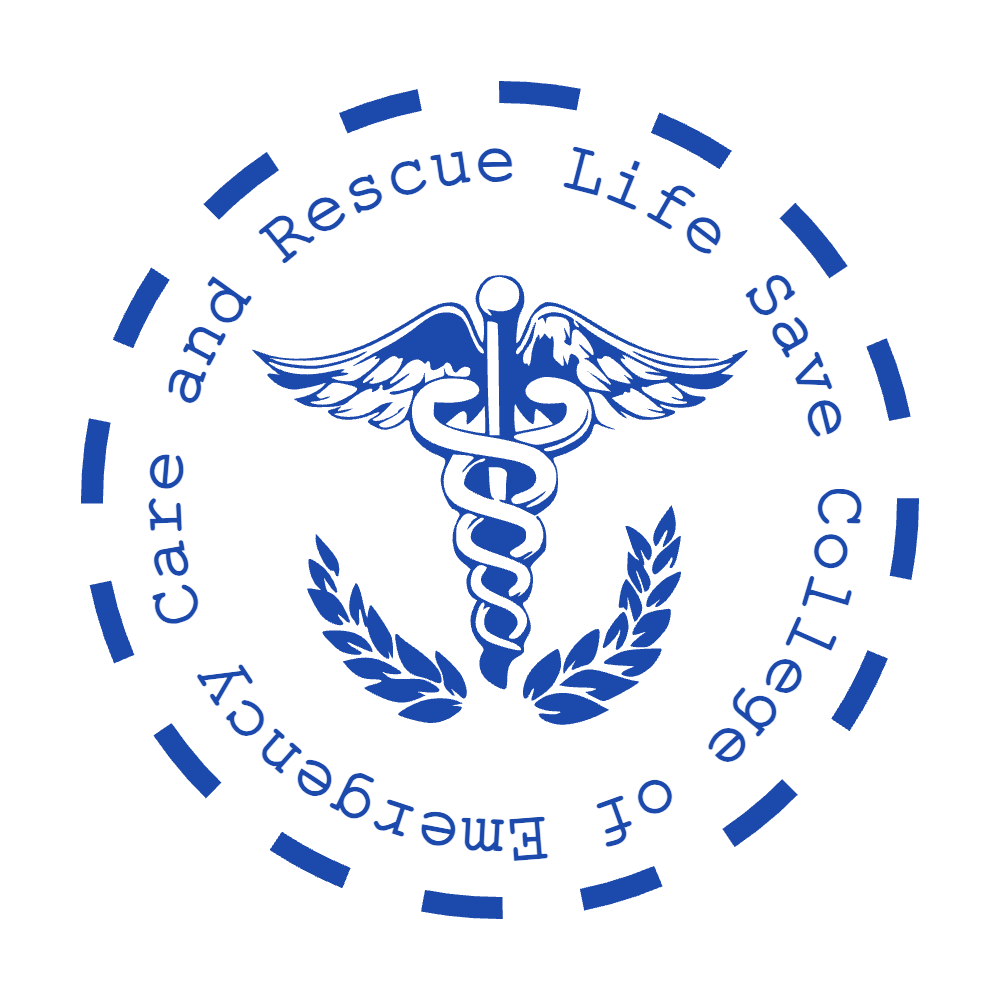
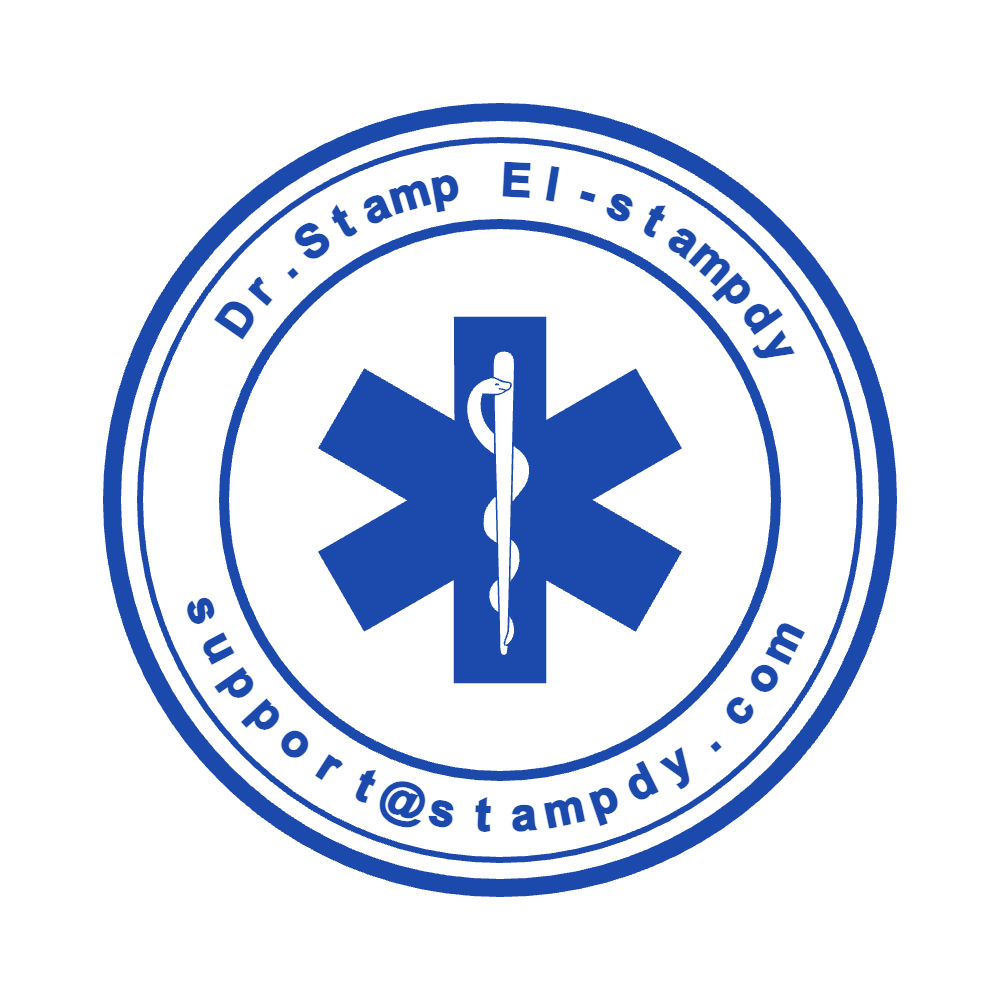
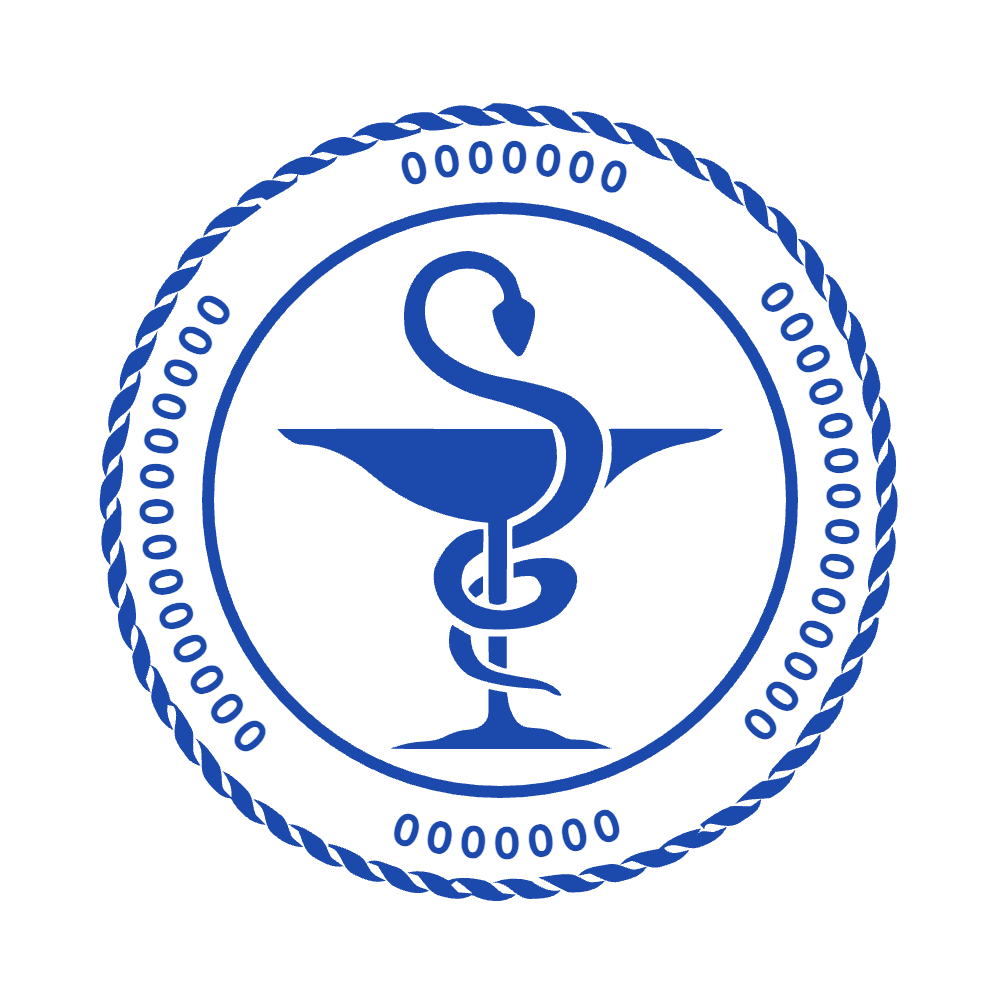
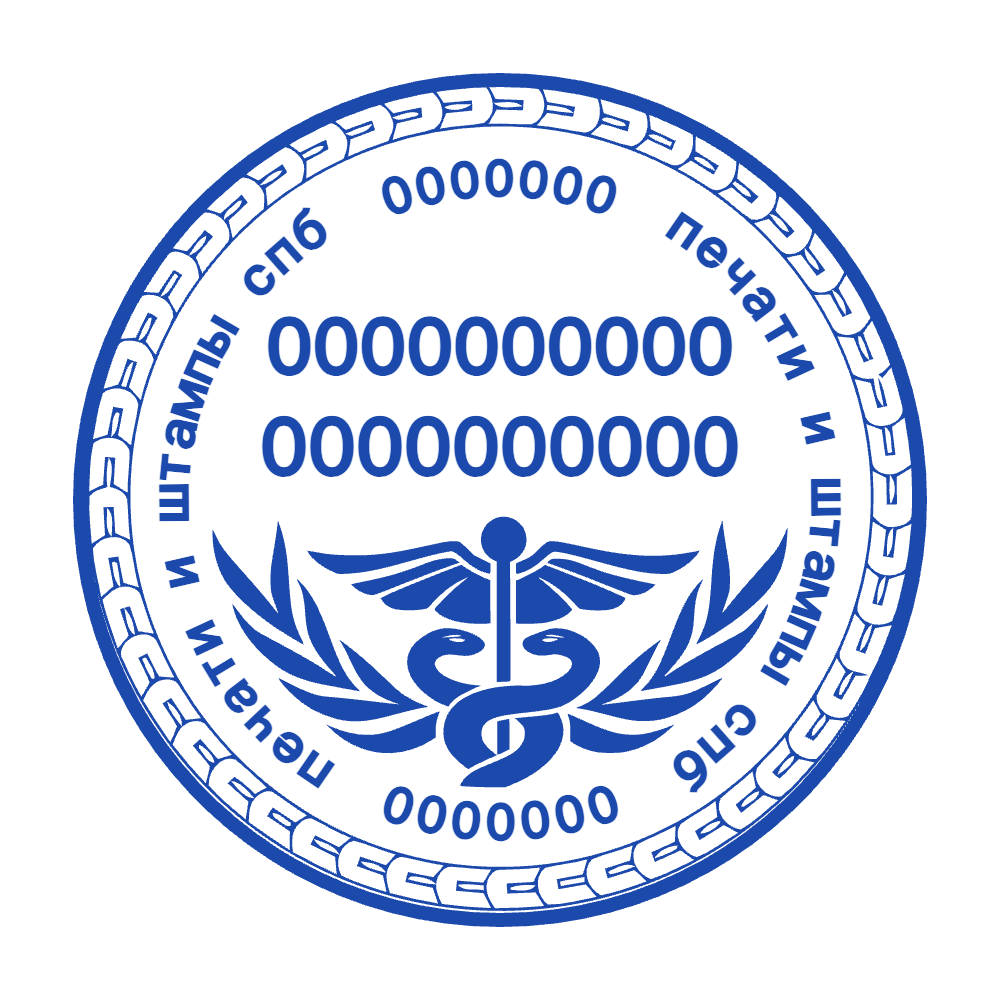
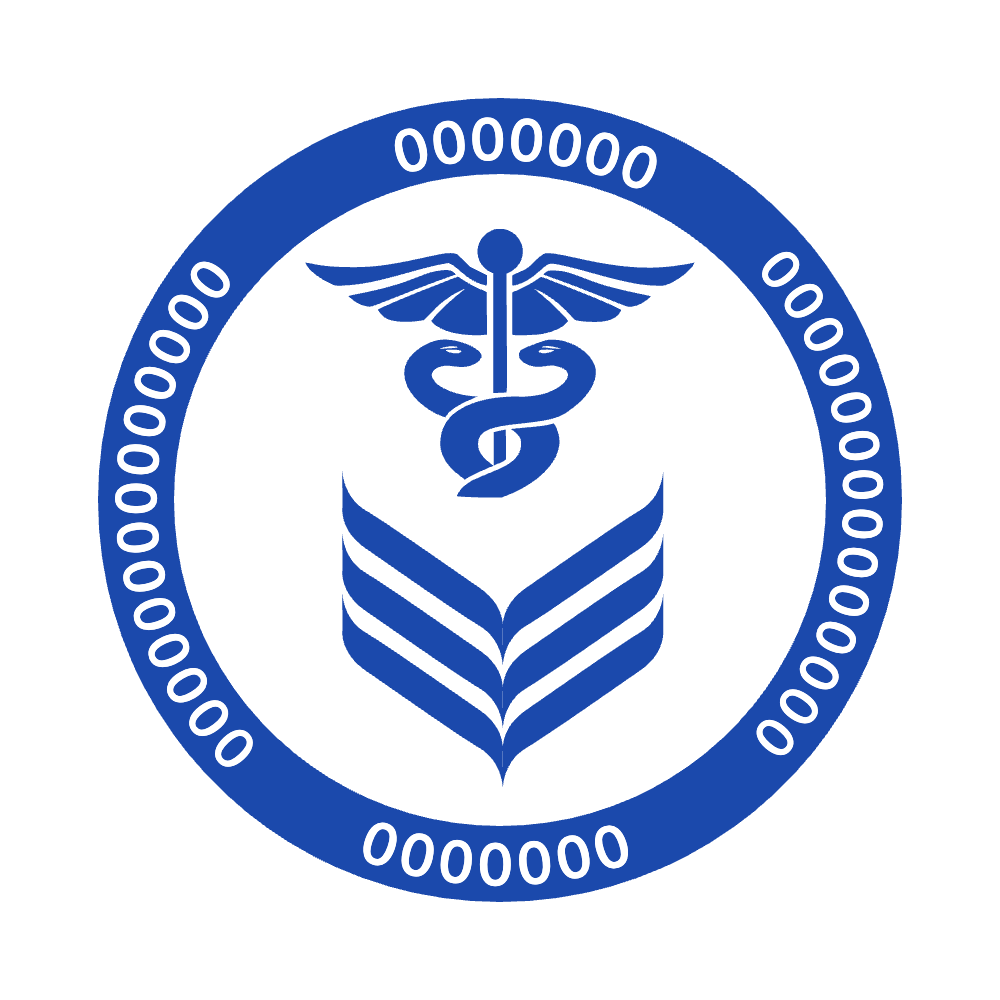

Medical Stamps: Enhancing Efficiency and Safety in Healthcare
In fast-paced medical environments like clinics, hospitals, and pharmacies, medical stamps are quiet heroes. They’re simple tools—yet incredibly powerful—for improving workflow, reducing errors, and maintaining a professional standard. Whether marking charts, certifying prescriptions, or flagging allergies, these stamps save time and minimize risk.
What Are Medical Stamps?
At their core, medical stamps are customized rubber or self-inking tools designed for healthcare settings. Common types include:
- Prescription stamps, often with signature and registration number
- Allergy or caution stamps like “Allergic to Penicillin” or “Do Not Resuscitate”
oaicite:0 - Appointment, billing, or referral stamps to streamline patient paperwork
oaicite:1 - Medical record and chart-tracking stamps, such as “Lab Received” or “Patient Seen”
oaicite:2
These tools serve both administrative and clinical functions—making daily tasks swifter and more accurate.
Why Medical Stamps Matter
1. Time-Saving
Healthcare staff already juggle multiple tasks—seeing patients, managing records, filling forms. A stamp can replace a repetitive phrase or signature, freeing up precious time.
2. Consistency & Clarity
Stamps ensure that critical information is uniformly readable, avoiding issues with handwriting or rushed notes.
3. Hygiene and Contact-Free Operation
Self-inking stamps reduce pen sharing—a small but meaningful step toward infection prevention in busy, high-contact medical settings.
4. Patient Safety
Allergy stamps, for example, provide an immediate visual alert about patient risks. Similarly, “Do Not X-Ray” or “Medicare Billed” stamps help the medical team avoid errors.
How Medical Stamps Are Used in Practice
- Prescriptions & Certificates
Physicians often use stamps with preprinted signature lines and professional IDs for fast, legitimate document signing.oaicite:7 - Patient Records & Tracking
Phrases like “Lab Received” or “Cancelled Appointment” provide clear context and help maintain organized workflows.oaicite:8 - Administrative Paperwork
Insurance claims, billing notices, and referral slips often get stamped for authenticity and speed.oaicite:9 - Emergency & Warning Notices
Stamps such as “Allergic To” or “Medical Alert” protect patients by prominently flagging critical information.oaicite:10
Types of Medical Stamps and Materials
- Traditional Rubber Stamps: Inexpensive, using separate ink pads. Good for low-quantity use.
- Self-Inking Stamps: Built-in ink pads; quick, clean, ideal for frequent use.
- Pre-Inked Stamps: Ink is embedded in the stamp—high clarity and longevity with minimal maintenance.
- Custom Stamps: Tailored to fit specific needs (e.g., custom text lines, logos).
- Digital Stamps: For electronic records, PDFs, and modern workflows.
Choosing the right type balances durability, quality, and workflow efficiency.
Design Considerations for Medical Stamps
To make your medical stamp practical and reliable:
- Include key info, such as provider name, qualification number, and department.
- Maintain legibility, avoiding clutter or undersized text.
- Use icons or symbols like the caduceus to convey medical authority visually.
oaicite:12 - Consider size and shape—rectangular for administrative labeling, circular for official seals.
- Opt for clear ink colors, typically black or blue for readability; red for urgent marks.
Global Usage and Trends
- In many regions, medical stamps are legally recognized tools for validating prescriptions, medical certificates, and referral forms.
- The rise of digital health systems is introducing electronic stamps—secure, cryptographic, and convenient for telemedicine.
- Despite digital advancements, physical stamps remain widely used—especially where handwritten notes and paper charts are still common.
Best Practices in Using Medical Stamps
- Secure storage: Keep stamps in designated areas to prevent misuse.
- Logging usage: Particularly for prescription or signature stamps, maintain a log to support audits.
- Regular maintenance: Replace dried-out ink pads and clean stamps to retain clarity.
- Training staff: Educate employees on when and how to use each stamp correctly.
- Hybrid integration: Combine physical stamps with digital systems—e.g., stamp on paper, scan into electronic records.
Summary
Medical stamps may seem simple, but their impact is profound. They save time, enhance clarity, support hygiene, and contribute to patient safety. Whether you’re a small clinic or a large hospital, choosing the right stamps and using them wisely can uplift both efficiency and professionalism.
Related Resources
Want to explore the evolution of stamping technology? Check out our article on digital stamping made easy, which dives into modern stamp tools and online solutions.